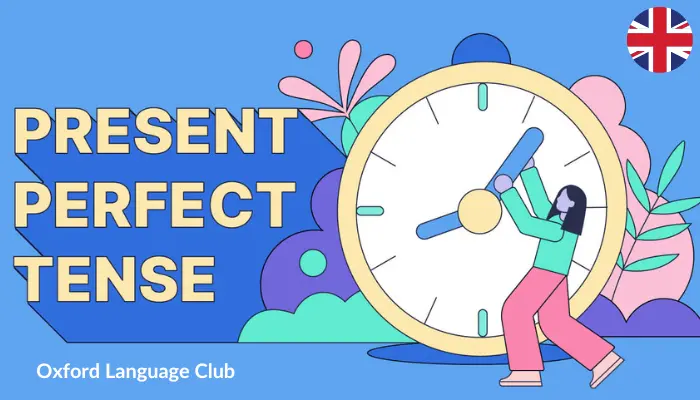Great site to keep my english skills updated for work and travel. I am really enjoying the lessons!
Maria C
 Argentina
Argentina


The present perfect tense is a crucial part of English grammar, especially for intermediate learners. It helps us express actions or states that are relevant to the present moment or have connections to the present. Mastering the present perfect tense will allow you to communicate more precisely and naturally. In this article, we’ll explore its formation, uses, and provide some practice examples to enhance your understanding.
Formation
The present perfect tense is formed using the following structure:
Subject + have/has + past participle
"Have" is used with I, you, we, and they.
"Has" is used with he, she, and it.
The past participle is the third form of the verb, which often ends in -ed for regular verbs (e.g., "talk" becomes "talked") but can be irregular for others (e.g., "go" becomes "gone").
Examples:
I have finished my homework. (Subject + have + past participle)
She has visited Paris. (Subject + has + past participle)
Uses
1. Experience:
2. Change Over Time:
3. Achievements:
4. Unfinished Actions:
5. Recent Actions:
Common Mistakes
1. Using the Wrong Auxiliary Verb:
2. Using the Present Perfect for Specific Times:
3. Confusing with Present Simple:
The present perfect tense is a valuable tool for expressing experiences, changes, achievements, ongoing actions, and recent events. By understanding its formation and uses, you can enhance your ability to convey a wide range of meanings in English. Practice using the present perfect tense in various contexts to become more comfortable and confident in your English communication. Keep exploring and practicing, and you’ll find this tense becoming a natural part of your language skills.
August, 2024
Posted by Oxford Language Club